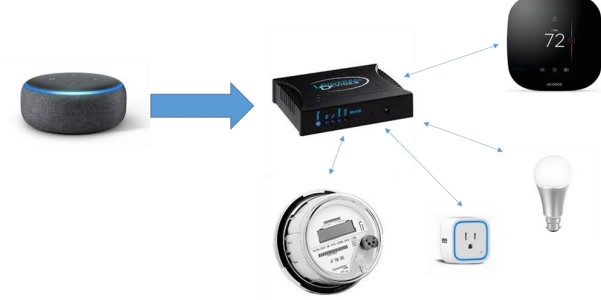Project Info
COMPLETE
 Project Title
Project Title
 Project Title
Project Title
Smart Speakers Assessment
Project Number ET19SCE1020 Organization SCE End-use Plug Loads and Appliances Sector Residential Project Year(s) 2019 - 2022Description
SCE is conducting a smart speaker demonstration study in which it will install a home automation gateway, smart thermostat, smart plugs, smart light bulbs and a smart speaker at selected customer homes. This equipment will allow SCE to monitor the energy use of the installed products and optimize some connected devices based on residential TOU rates and customer preferences. Customers will set preferences, ask energy related questions and receive answers using a smart speaker. The will help in understanding customer Behavior which can lead to other phases on the project in a larger scale. The results of the demonstration project could inform the design of future technology-enabled customer programs from SCE that can help customers reduce energy use and costs. SCE will endeavor to notify participating customers of subsequent program opportunities if they arise.
Project Report Document
Loading PDF Preview...
